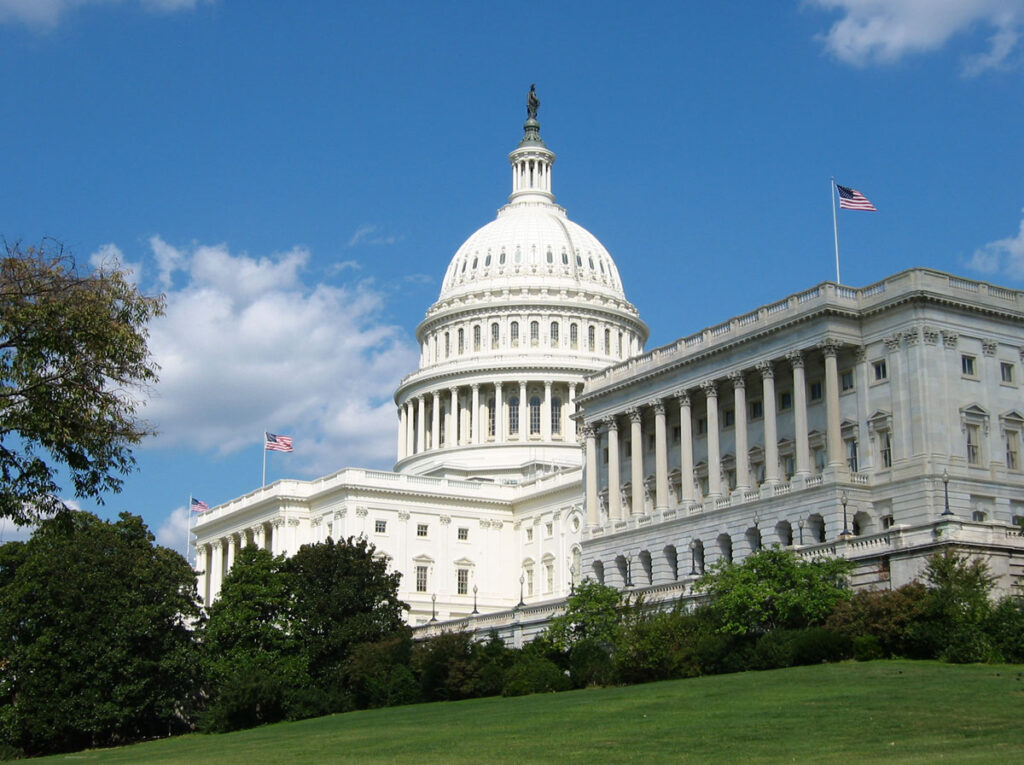
Why the House and Senate owe transit $10 billion

The Senate’s infrastructure deal came up short on transit in two key ways. The House can address these concerns by restoring the funds cut from transit. More on this in our fact sheet.
Originally, the Senate proposed $49 billion in new transit spending in their infrastructure deal. But without any explanation, the final bill cut transit down to $39 billion. Reliable, accessible transit will be key to an equitable economic recovery after the pandemic, and there are two key reasons that the funding provided by the Senate is not sufficient and the $10 billion originally promised for transit is returned.
1. It isn’t the amount of funding, it’s the mix
From job creation to mobility, transit provides key benefits to communities, but highways routinely receive far more federal funding than transit. Before the bipartisan infrastructure package passed in the Senate, some policymakers finally started discussing altering the 80-20 highway-transit split, which provides 80 percent of new funds to highways and 20 percent to transit. Though the House’s INVEST in America Act altered the split to 77-23, when the Senate passed its bipartisan infrastructure bill, the 80-20 split remained in place and transit funding was cut from $49 billion to $39 billion—one of the only programs that was cut when compared to the original proposal.
$39 billion is still a historic investment in terms of funding levels, but it won’t lead to major shifts in transportation outcomes. With the highway program getting equally historic funding levels and the 80-20 split still firmly in place, we can expect the majority of funds to go to highway expansions, which can make transit more difficult to access and use. More funding for everything will just lead to more of the results we have today.
2. Operations funding
New funding for transit will help buy more buses or railcars, but these investments could be rendered useless without proper investment in operations costs. Operations funding pays for drivers and other labor, mechanics, and electricity to run the new buses and lines.
Transit, like other industries during the pandemic, has been put under economic strain due to low ridership cutting into farebox revenues. In the midst of the Great Recession, transit faced a similar situation. New funding paid for brand new buses or railcars at the same time that transit agencies were laying off drivers and cutting service because of the drop in sales taxes and other non-fare revenue sources. The irony is that proper investment in public transit can spur even more economic recovery and job growth compared to other types of spending.
As T4America Director Beth Osborne recently put it, “There’s a lot of money for new buses and updated facilities, and things like that. It still will likely be as dangerous and difficult as ever to reach that facility, but it’ll be real pretty.”
In the budget reconciliation, the House can restore the $10 billion taken from transit and make funds available for operations.
Download the fact sheet about why “Congress and the White House owe transit $10 billion cut in the infrastructure deal.”



